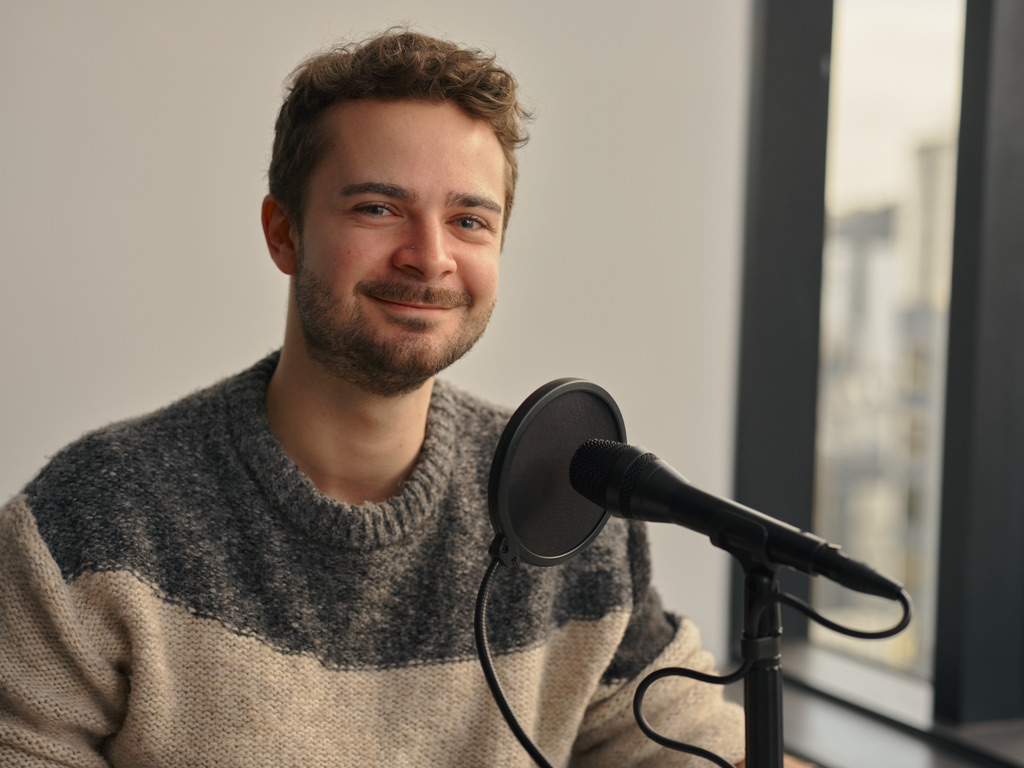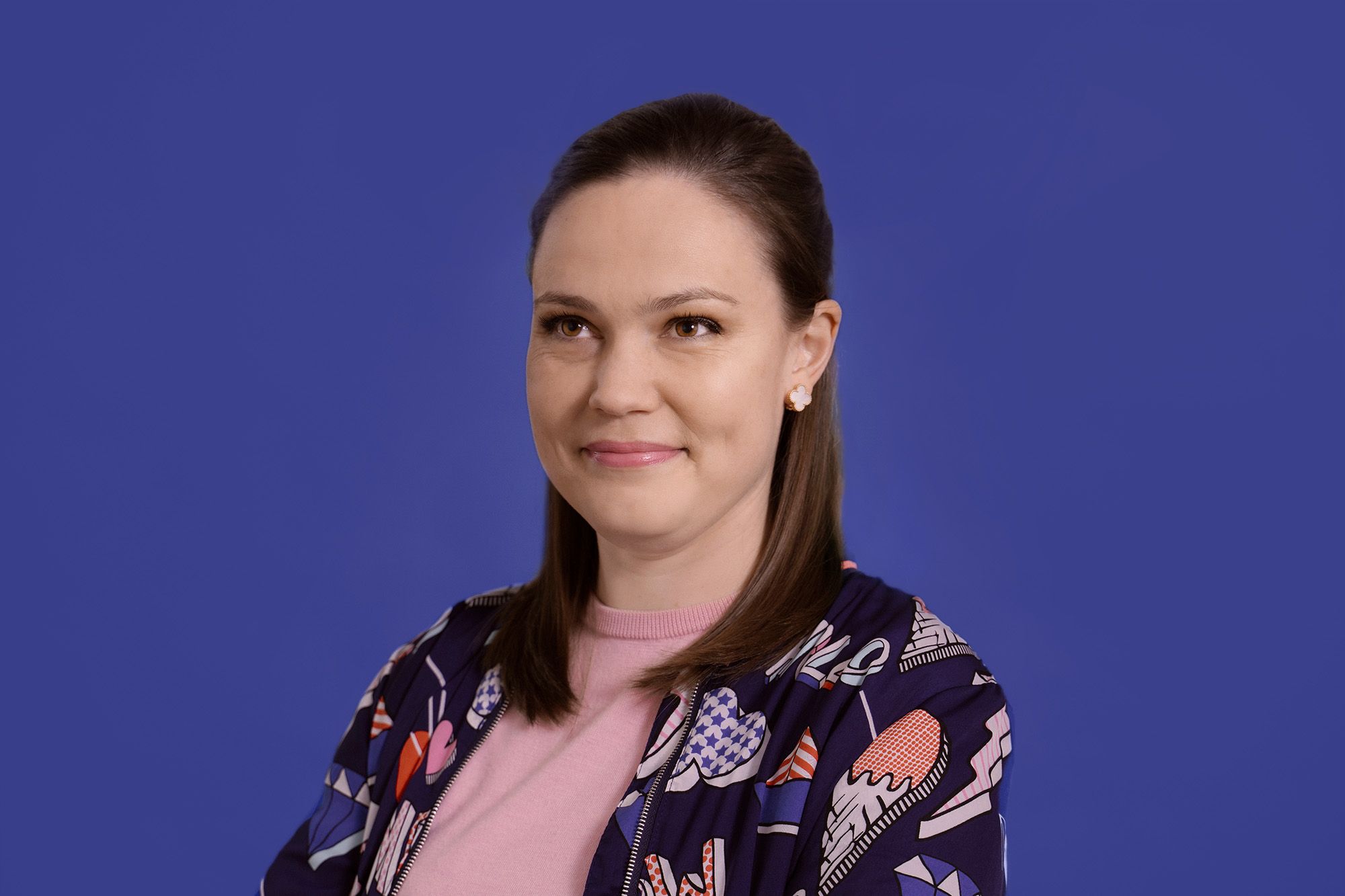Chris is Deaf and works at Aotearoa’s national school for deaf and hard-of-hearing children. He is an active member of the Deaf community, lives in Tāmaki Makaurau with his family, is deeply passionate about captions and has been using them for many years, particularly to watch sports – another huge passion of his.
Read, watch, or listen to his story below.
My name is Chris, I was born Deaf and and I have a cochlear implant. Back in 1995, there were only 2 programmes that were captioned, which meant that the choice of what I watched was decided for me. Things are more accessible now with TV and sports, which means there are now more choices for me.
I’ve always played sports throughout my school years, and when I got older and more involved with the Deaf community, I played sports like football, cricket, and rugby. On TV, sports is quite visual which means I can see what’s happening – but now with captions, it means that when the TMO referee says something, I know what they’re talking about. It means I can understand more of what’s going on compared to before without captions. When the referees are talking, because the game is visual, it’s fine. But when the referee talks to the captain or TMO referee about what’s going on in the game, it adds a more interesting side to the game. It’s good to understand that – and having captions definitely helps with understanding what’s going on.
Chris was also featured on Three’s The Project when Discovery launched captions for their shows, stating that “With captions, I can watch and follow what’s happening on screen and fully understand it. Particularly if I’m watching alongside someone who’s hearing, it means we’re equals and can have a conversation about what’s happening on TV. I’m really excited. I’ve looked at the Project for a long time and thought it was interesting. But now that there are captions, I can fully understand what’s being talked about on The Project which is fantastic.”





